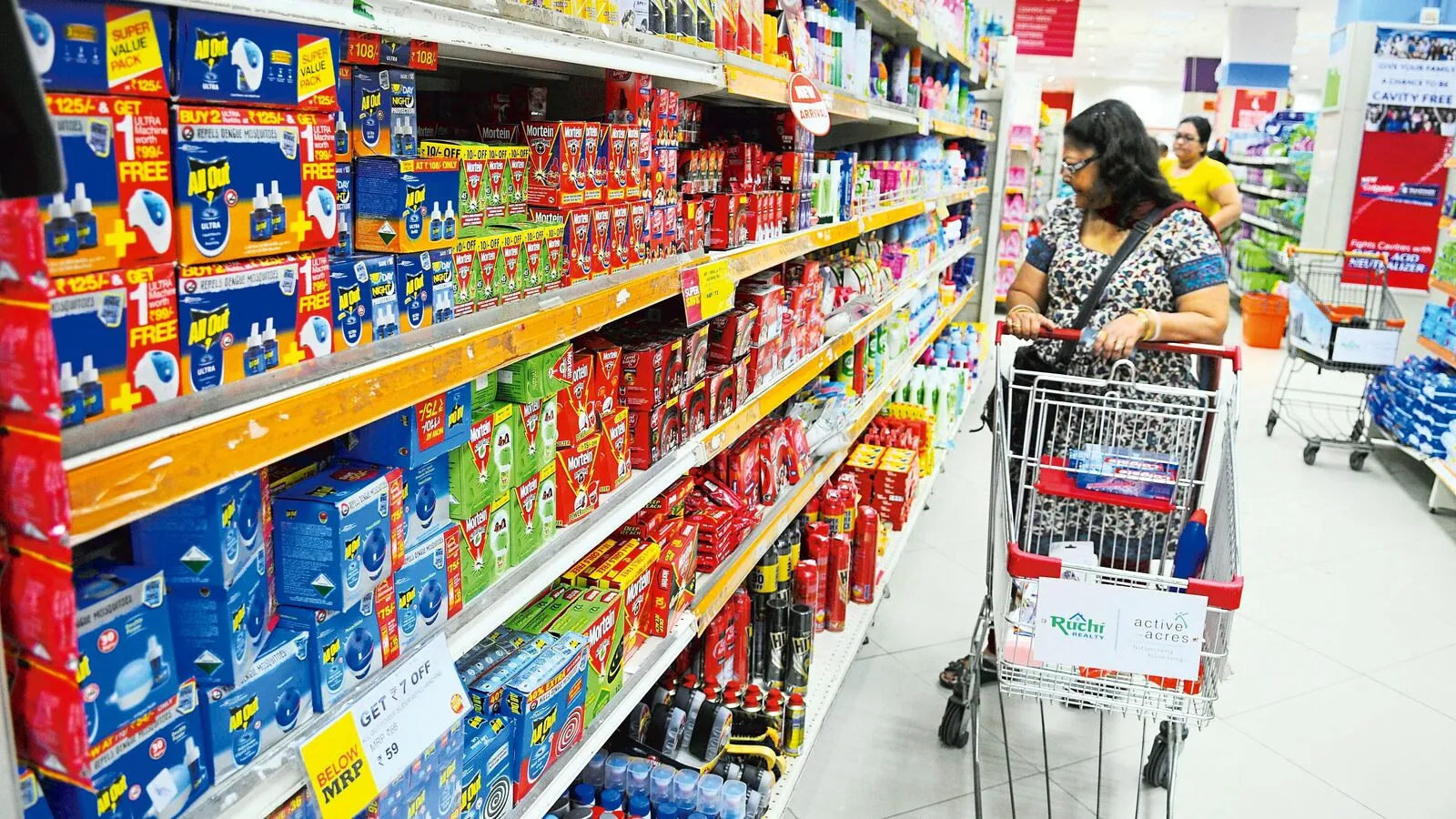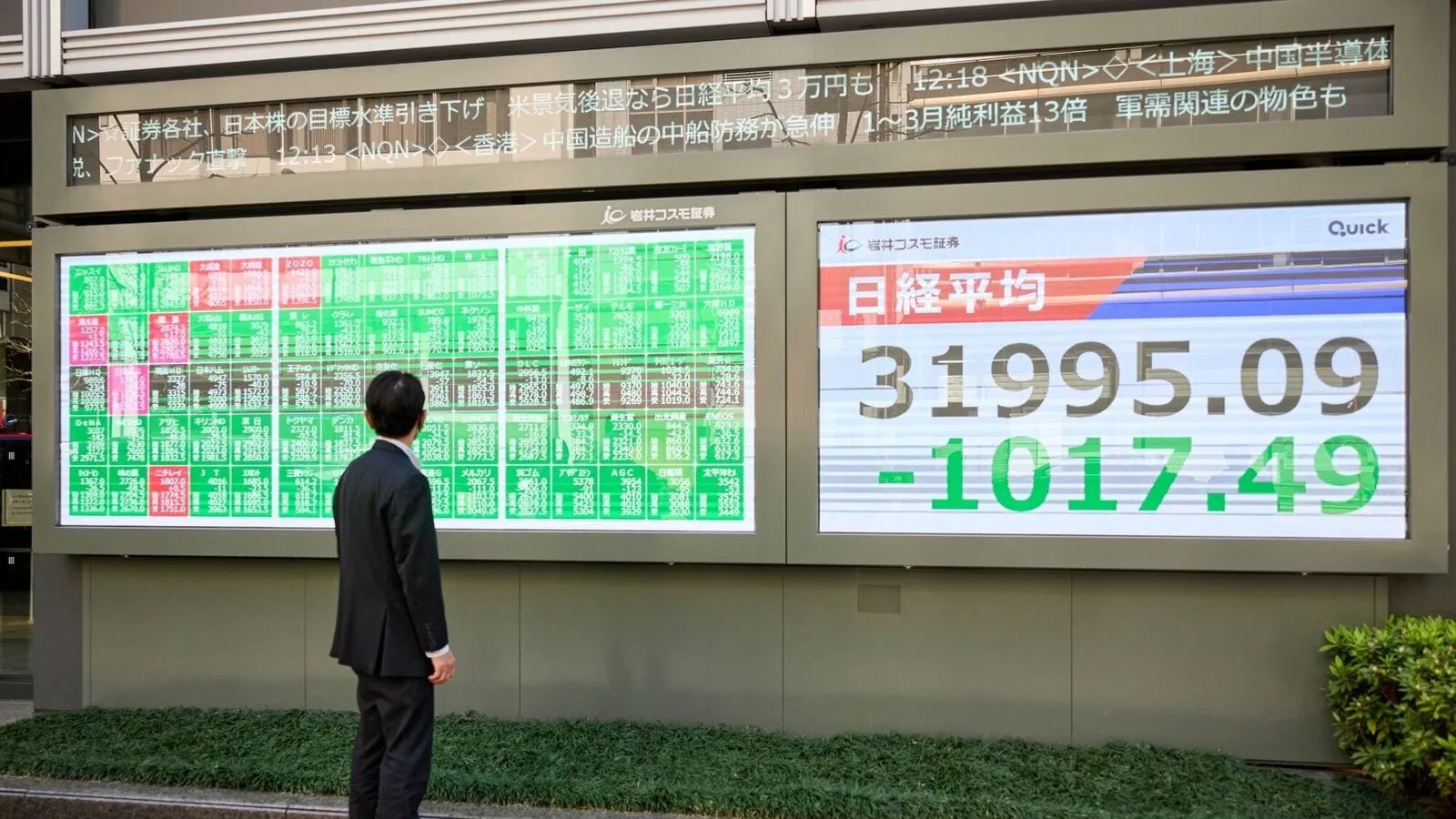FMCG companies expect a dull Q4 as demand remains muted

The March quarter (Q4FY25) is unlikely to bring great excitement for Indian fast-moving consumer goods (FMCG) companies, although some should fare better than others.
Take Marico Ltd for instance. In its business update last week it said Q4 year-on-year consolidated revenue growth was in the high teens, aided by steady growth trends across key segments and pricing tweaks in the domestic business. Growth stood at 15% in Q3. Marico said it expects to maintain double-digit revenue growth in FY26. The stock is flattish since its update.
Also read: EM earnings brace for tariff wrath
In contrast, Dabur India Ltd’s update was disappointing. It said it expected growth in the India FMCG business to drop to mid-single digits, hurt by delayed and truncated winters and tepid urban demand. It also said it expected Q4 consolidated revenue to be flattish. In response, Dabur’s shares are down 10%.
Godrej Consumer Products Ltd (GCPL) said it expected high-single digit sales growth in rupee terms at a consolidated (organic) level, with a mid-single-digit volume growth.
This results season comes amid gloomy demand, and weakness is expected to persist, keeping volume growth under pressure for the sector. Nomura Global Markets Research expects overall consumer demand/volumes in Q4 to remain unchanged from Q3 as urban demand remains affected by low wage growth and high inflation. “We do not expect any one-time benefits from the Maha Kumbh Mela for organised FMCG companies,” the broking firm said in a report on 1 April.
Nestle edges out HUL
Sector leader Hindustan Unilever Ltd’s (HUL) volumes are expected to be flattish in Q4. This is similar to Q3 – hardly a good sign of a recovery. According to Nuvama Institutional Equities, HUL’s Q4 revenue growth is likely to be 2% year-on-year, just a notch above the 1.8% clocked in Q3.
The company has undertaken selective price hikes, but also cut prices of detergents in its home care portfolio to pass on raw material deflation in crude-oil-related inputs. Home care and hair care may be resilient, but categories such as tea and soaps may remain muted thanks to grammage cuts and earlier pricing actions.
Also read: Sun Pharma vs Dr Reddy’s vs Lupin shares: Which pharma stock to buy?
Nestle India Ltd’s Q4 is expected to bit better. Nuvama projects consolidated revenue growth of 5% year-on-year, with domestic sales likely rising 5-6%. Volume growth could be around 3%, marking a sequential improvement.
“We expect gradual price hikes of about 2% in Q4 (about 1% in Q3 and about 4% in Q4FY24), mainly led by coffee but also certain price hikes seen across portfolios (eg Maggi Noodles recently increased the price of a 70gm pack from ₹14 to ₹15),” Nuvama said in a report. Still, these tweaks aren’t enough to materially change the near-term growth outlook.
Gross margins under pressure
As for profitability, gross margin pressure is expected across the board, reflecting the pain from input cost inflation and lacklustre revenue growth. Higher advertising and promotional spending would mean more pressure on operating margins, too. Dabur has said it expects the operating profit margin to contract by about 150-175 basis points year-on-year in Q4 owing to inflation coupled with operating deleverage.
Also read: Hindustan Aeronautics stock takes wing on strong order inflow, engine delivery
Nomura expects quarter-on-quarter margin improvement for Tata Consumer Products Ltd, GCPL and Nestle, quarter-on-quarter margin deceleration for Marico and Dabur; and largely no change for HUL.
Just as in every quarter, investors will be glued to management commentary, especially on rural and urban demand trends. To be sure, a significant recovery in urban demand is not expected immediately. So until volumes improve and inflation softens, investors may need to keep their optimism in check. In this dull environment, the Nifty FMCG index is down about 16% over the past six months, underperforming the benchmark Nifty 50, which has fallen around 11%.








